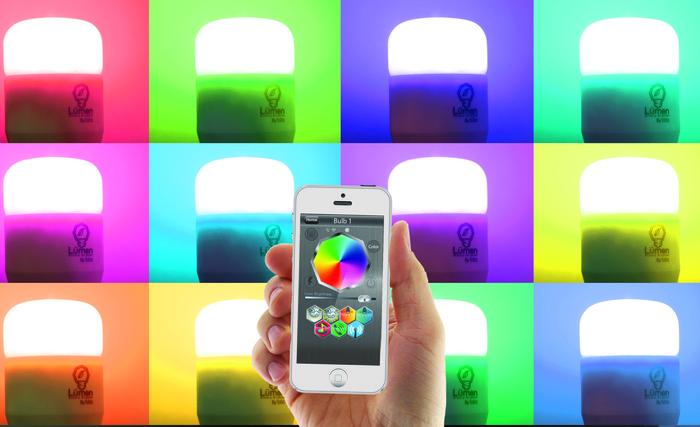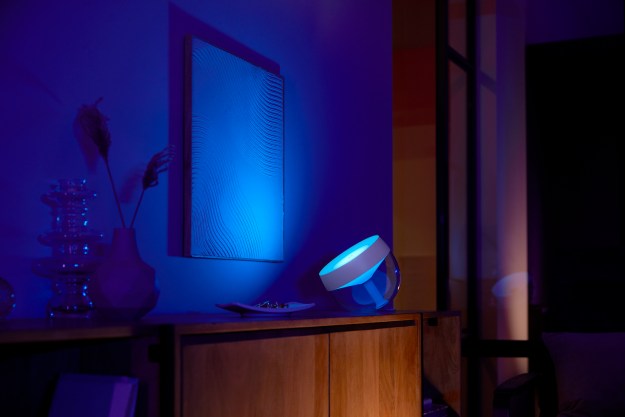
If you’ve been entertaining the idea of installing smart lighting in your home, but haven’t done it yet because it’s still too expensive, you’ll be glad to hear there’s finally an option that doesn’t break the bank. A freshly-launched Kickstarter campaign launched today which brings the price of smart lighting down to a much more affordable level – just $30 bucks per bulb.
Designed by Hong Kong design studio TABU, the LuMini lighting system is intended to be a low-cost alternative to the company’s full-size Lumen bulb, but it also isn’t quite as powerful. TABU’s project page doesn’t specify exactly how many lumens the LuMini bulbs generate, but does state that it uses three watts compared to the seven used by the full-sized Lumen, so we expect that it should be about half as bright.
Similarly to the full-sized bulb, LuMini can be controlled via a free smartphone application, allowing you to adjust things like brightness, color, and scheduling. The bulb’s RGBW LED array allows it to create more vivid greens than competitors like the Philips Hue, but arguably the biggest difference between TABU bulbs and others is the use of Bluetooth LE. This gives the bulbs a number of disadvantages compared to Hue lights (limited range, lack of remote control), but also a number of cool features you won’t find in other products.
Bluetooth LE allows for an extremely simple connection/setup process, enables the bulbs to operate without any sort of network hub, and also makes it possible for things like proximity-based activation and light-based notifications for incoming calls.
The real innovation, however, is definitely the LuMini’s price. Up until now, the cheapest variable-color smart bulb you could buy was around 60 bucks, which is likely a bit steep for most consumers. At just half the price of its closest competitors, LuMini could help drive mass market adoption of smart lighting, and in the process put pressure on other manufacturers to lower their prices to stay competitive.
TABU is seeking $50,000 in the next 30 days to fund a large-scale production run, and if you back the project early you can lock down a LuMini bulb for just $25 bucks – five dollars cheaper than what it’ll retail for if it becomes a reality. Find out more here.
Editors' Recommendations
- How to reset Philips Hue bulbs and light strips
- How to create spooky Halloween effects with smart home lighting and sound
- How to change your smart light colors
- Get affordable smart lighting coverage for your entire home, thanks to Vont
- How to sync smart lights with your TV




